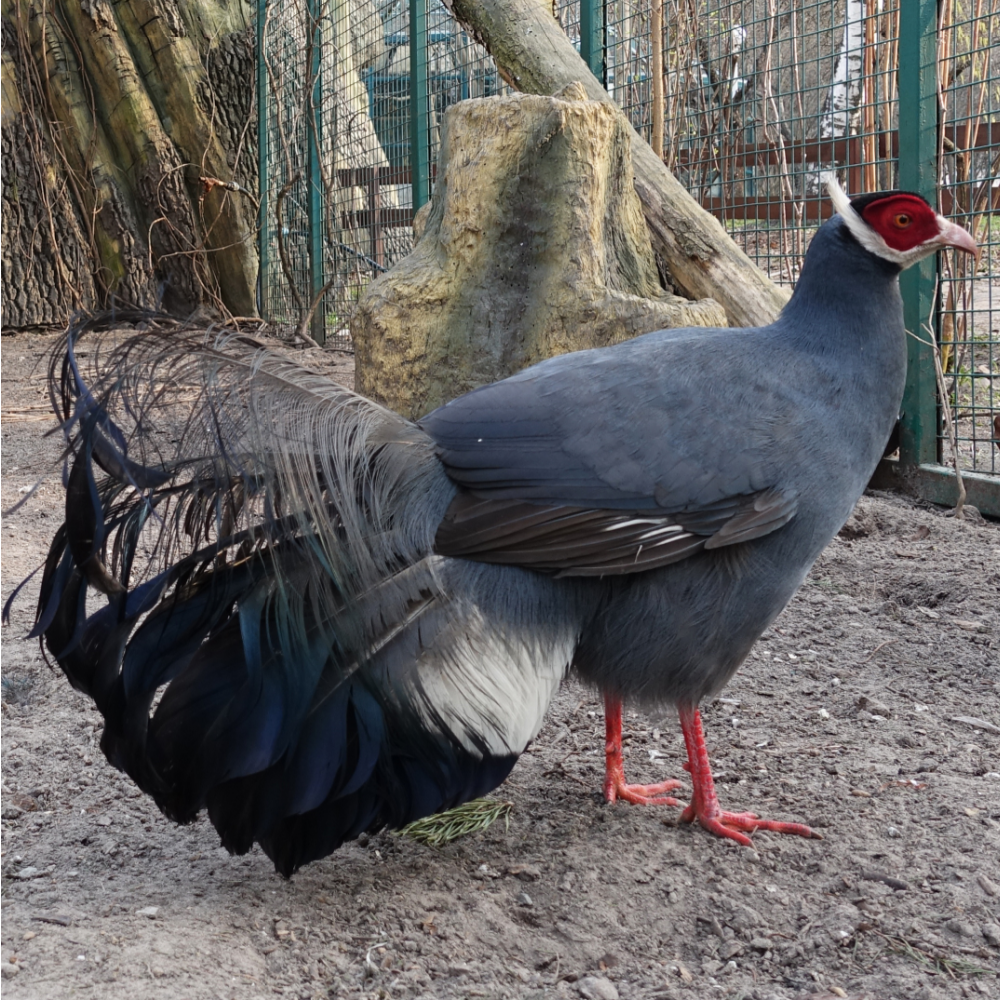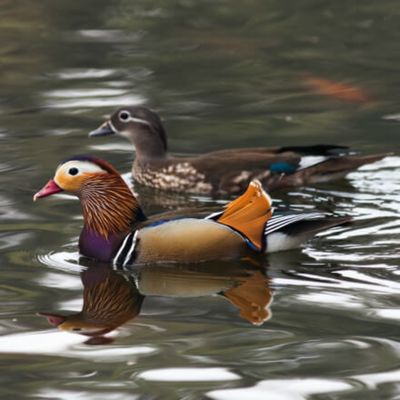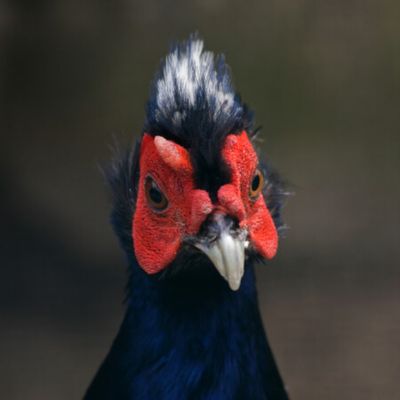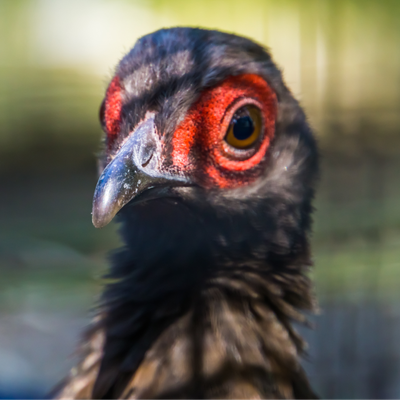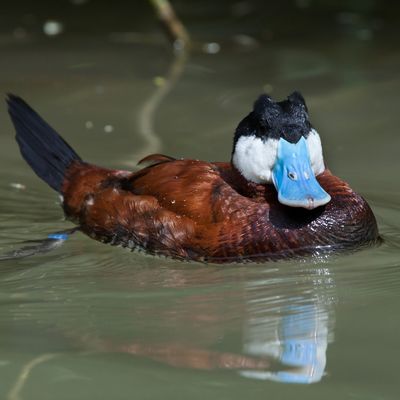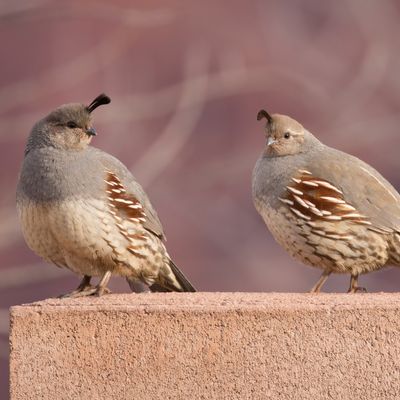Blue Eared Pheasant Juvenile Pair
Blue Eared Pheasant Juvenile Pair
IMPORTANT ORDERING INFORMATION: Pheasants are shipped on Wednesdays, USPS Priority Mail Express, and will typically arrive in 1-2 days at your local post office. Pheasants are not available for pickup and ship for $50.00 per pair.
Blue Eared Pheasants have their origins in the forested mountain regions of Central and Western China, as well as northern Sichuan and Tibet. They were first introduced into aviculture in France in 1929 and is one of the most commonly kept eared pheasants.
Blue Eared Pheasants are a superb breed for beginners as they are noted for being easy to maintain and frequently become tame and calm in captivity. They may even eat right out of their keeper's hands. These birds do very well in a large aviary with plenty of shade. However, because they are heavy diggers, it is best to use larger plants in the aviary as they will quickly destroy smaller vegetation. It’s a good idea to place several large logs around for perching. Pheasants should always be on well-drained ground.
Blue Eared Pheasants consume a diet of insects, roots, bulbs, stems, seeds, and leaves by digging in the earth with their large, strong beaks. They will also eat leaves, worms, and fruits. You will want to supplement this diet with a standard game bird pellet as well as greens and berries.
Blue eared Pheasants have a breeding season that starts in April and lasts until June with the females laying a clutch of 6 to 12 eggs that will hatch in approximately 27 days. They breed very well in captivity, with the birds pairing off monogamously. They then become very attentive parents. Both sexes are quite vocal and calls can be heard for up and over 1 mile. Birds will be mature enough to breed by their second year.
Blue Eared Pheasant males reach an average total body length of 3 feet with the females only slightly smaller. Both males and females look similar, with amazing scarlet red bare facial skin and long white feathers covering the ears. Adult males will have larger spurs on the legs than mature females, making this one of the easiest ways to distinguish the two genders apart.
